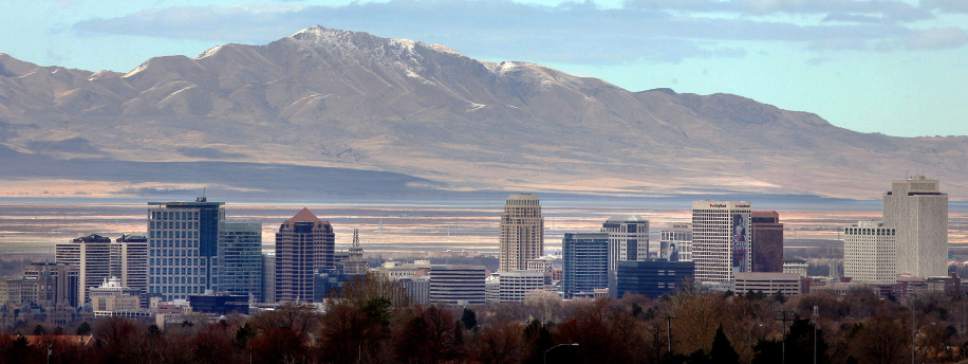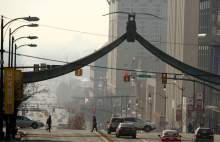This is an archived article that was published on sltrib.com in 2017, and information in the article may be outdated. It is provided only for personal research purposes and may not be reprinted.
The Salt Lake City metro area ranked No. 2 for job creation last year among the nation's largest metropolitan areas.
The U.S. Bureau of Labor Statistics reported Wednesday that the number of jobs in the area — which includes Salt Lake and Tooele counties — increased by 23,700 during 2016, up 3.4 percent.
That rate was tied for second highest among the nation's 51 metropolitan areas that have at least 1 million residents. Others tied with Salt Lake City were San Jose, Calif., (Silicon Valley) and Seattle.
The only area with a higher job-creation rate was Orlando, Fla., up by 4.2 percent.
Salt Lake County Mayor Ben McAdams said the numbers show that many businesses see in Utah a high quality of life with a well-educated workforce.
"This is good news. My only concern is to what extent we can continue to have good-paying jobs," he said, "where people can have a comfortable middle-class lifestyle."
Of the 51 large metro areas nationally, 49 saw increases in jobs during 2016. The only two with decreases were Milwaukee (down 0.5 percent) and Virginia Beach, Va. (down 0.4 percent).
The agency also reported job-creation rates for smaller metro areas in Utah.
Provo-Orem had an even better job creation rate than Salt Lake City, up 3.8 percent, by adding 8,800 jobs during the year.
Logan added 1,900 jobs during the year for a rate of 3.1 percent. St. George added 1,800 jobs for a rate of 3 percent. Ogden-Clearfield added 7,100 jobs for a rate of 2.9 percent.
Statewide, the agency reported that Utah added 40,000 jobs in 2016, up 2.8 percent. That was twice the 1.4 percent improvement recorded nationally.
The agency also reported Wednesday that the Salt Lake City metro area had the third-lowest unemployment rate among the nation's largest metro areas at 2.7 percent.
The only large metro areas with lower unemployment were Boston, 2.5 percent, and Denver at 2.6 percent.
The average unemployment rate nationally in December was 4.5 percent.
At Tuesday night's State of the City address, Salt Lake City Mayor Jackie Biskupski touted the work that's been done since she elevated the city's economic development division to its own department.
Director Lara Fritts said Wednesday that in the seven months since, nearly a dozen companies have chosen to locate in the city, creating 2 million square feet of new development and 2,000 jobs.
"We were sort of a quiet giant for a long time, but now we've hit people's radars," Fritts said. "This is just another example of how Salt Lake City is starting to become very visible on a national stage, and it highlights the fact that we put a lot of emphasis over the last several months on assuring that we're business-friendly."
Last year, Utah was named the No. 1 state for business for the third year in a row by Forbes magazine, and its capital was the magazine's seventh-best city. Provo was No. 2, and Ogden was No. 8.
Among 10 private-sector industries measured by state employment data, eight saw gains, according to a news release from the Department of Workforce Services last month.
The most growth occurred in financial activities, where 5,200 jobs equaled a 6.3 percent bump.
The state's natural resources and mining industry lost 900 positions.







